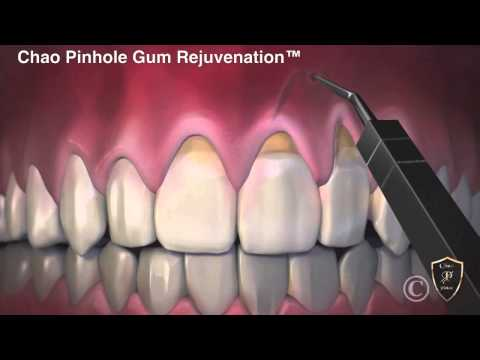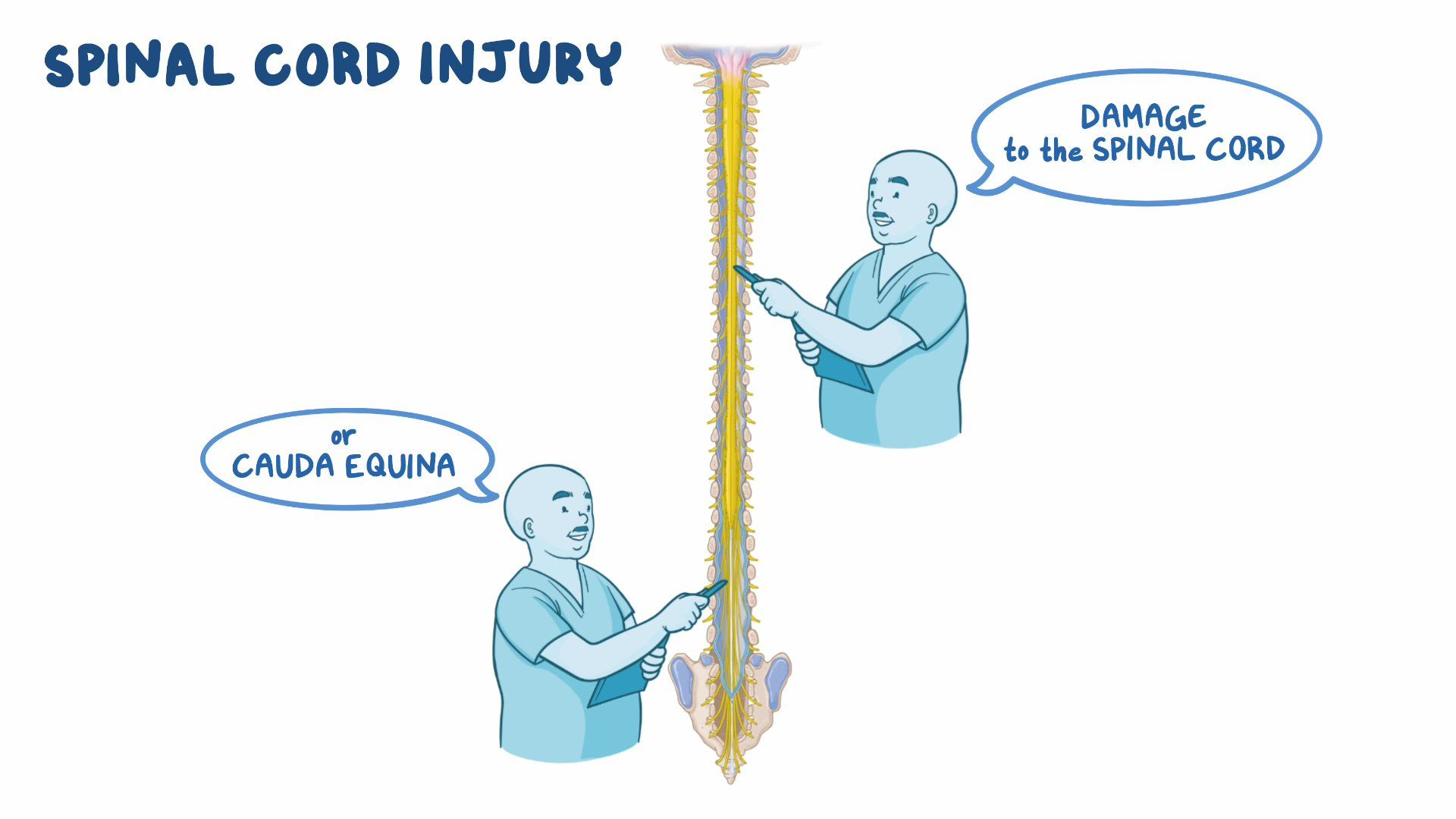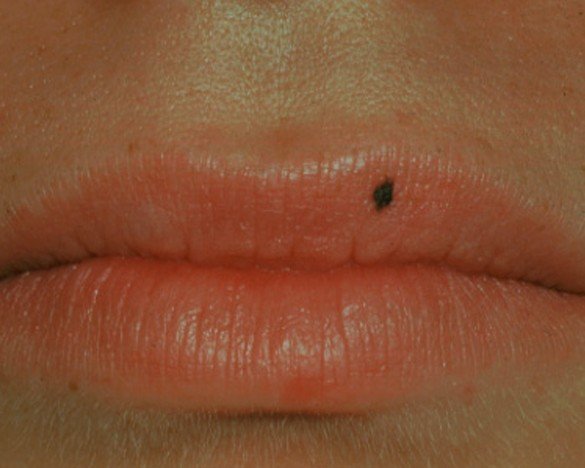Pinhole Dental Procedure: Minimally Invasive Solution

The world of dentistry has witnessed significant advancements in recent years, with a growing emphasis on minimally invasive procedures that prioritize patient comfort and reduce recovery time. One such innovation is the pinhole dental procedure, a groundbreaking technique that has revolutionized the way dentists approach gum recession and other periodontal issues. In this comprehensive guide, we will delve into the intricacies of the pinhole dental procedure, exploring its benefits, applications, and what patients can expect from this cutting-edge treatment.
Understanding Gum Recession
Gum recession, also known as gingival recession, occurs when the gum tissue surrounding the teeth pulls back, exposing the roots of the teeth. This condition can lead to increased sensitivity, aesthetic concerns, and a higher risk of tooth decay and loss. Traditional treatments for gum recession often involve invasive surgical procedures, which can be painful and require extended recovery periods. The pinhole dental procedure offers a compelling alternative, leveraging a minimally invasive approach to restore healthy, beautiful gums.
The Pinhole Technique
Developed by Dr. John Chao, the pinhole surgical technique (PST) is a patented procedure that utilizes a small, pinhole-sized incision in the gum to access the affected area. Through this tiny opening, specially designed instruments are used to loosen and reposition the gum tissue, covering the exposed root surface. This technique eliminates the need for sutures, incisions, and extensive tissue manipulation, making it a highly appealing option for patients seeking a less invasive solution.
Benefits of the Pinhole Dental Procedure
The pinhole dental procedure boasts a multitude of benefits that have contributed to its growing popularity among dental professionals and patients alike. Some of the key advantages include:
- Minimally Invasive: The procedure involves a small, pinhole-sized incision, reducing tissue damage and promoting faster healing.
- No Sutures: The absence of sutures eliminates the risk of complications and accelerates the recovery process.
- Reduced Bleeding: The pinhole technique minimizes bleeding, reducing the risk of post-operative complications.
- Immediate Results: Patients can expect to see noticeable improvements in gum coverage and aesthetics immediately after the procedure.
- Short Recovery Time: The minimally invasive nature of the procedure enables patients to return to their normal activities quickly, often within a day or two.
Applications of the Pinhole Dental Procedure
While gum recession is a primary indication for the pinhole dental procedure, this innovative technique can also be applied to various other periodontal conditions, including:
- Gum Defects: The pinhole technique can be used to correct uneven gum lines, enhancing the aesthetic appeal of the smile.
- Tooth Sensitivity: By covering exposed root surfaces, the pinhole procedure can effectively reduce tooth sensitivity.
- Root Coverage: The technique is highly effective in covering exposed roots, reducing the risk of decay and promoting a healthier oral environment.
What to Expect from the Pinhole Dental Procedure
Patients undergoing the pinhole dental procedure can expect a relatively straightforward and comfortable experience. Here’s a step-by-step overview of what to anticipate:
- Consultation: An initial consultation with a qualified dentist will determine if the pinhole procedure is suitable for your specific condition.
- Preparation: The dentist will administer a local anesthetic to ensure comfort during the procedure.
- Pinhole Incision: A small, pinhole-sized incision is made in the gum tissue.
- Gum Repositioning: Specially designed instruments are used to loosen and reposition the gum tissue over the exposed root surface.
- Post-Procedure: Patients can expect some minor swelling and discomfort, which can be managed with over-the-counter pain relievers.
Future of Minimally Invasive Dentistry
The pinhole dental procedure represents a significant leap forward in minimally invasive dentistry, offering patients a safer, more comfortable alternative to traditional surgical methods. As dental technology continues to evolve, we can expect to see further innovations in periodontal care, prioritizing patient comfort, aesthetics, and long-term oral health.
Conclusion
The pinhole dental procedure has emerged as a groundbreaking solution for patients seeking a minimally invasive approach to addressing gum recession and other periodontal issues. By understanding the benefits, applications, and what to expect from this cutting-edge treatment, patients can make informed decisions about their oral health. As the field of dentistry continues to advance, it’s clear that procedures like the pinhole technique will play an increasingly important role in shaping the future of periodontal care.
What is the primary benefit of the pinhole dental procedure?
+The primary benefit of the pinhole dental procedure is its minimally invasive nature, which reduces tissue damage, promotes faster healing, and eliminates the need for sutures and extensive tissue manipulation.
Is the pinhole dental procedure suitable for all types of gum recession?
+While the pinhole dental procedure is highly effective for many cases of gum recession, its suitability depends on the severity and extent of the condition. A consultation with a qualified dentist is necessary to determine if this procedure is appropriate for your specific needs.
How long does it take to recover from the pinhole dental procedure?
+Recovery from the pinhole dental procedure is relatively quick, with most patients able to return to their normal activities within a day or two. However, it’s essential to follow the post-procedure instructions provided by your dentist to ensure a smooth and comfortable recovery.
Can the pinhole dental procedure be combined with other dental treatments?
+Yes, the pinhole dental procedure can be combined with other dental treatments, such as dental implants or crowns, to address comprehensive oral health needs. Your dentist will discuss the best treatment plan for your specific condition during the initial consultation.
Is the pinhole dental procedure covered by insurance?
+Insurance coverage for the pinhole dental procedure varies depending on the provider and the specific circumstances of your treatment. It’s essential to consult with your insurance company and dentist to determine the extent of coverage for this procedure.


